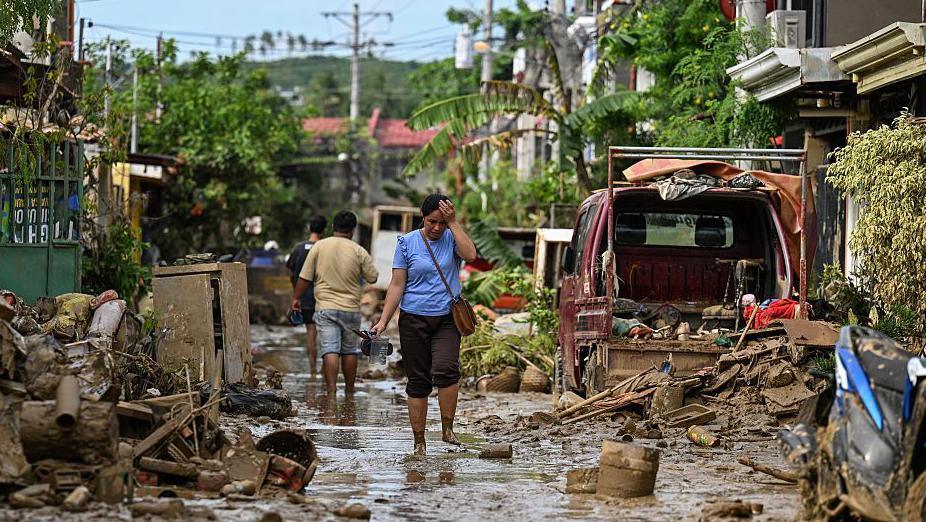Typhoon which killed almost 200 in Philippines and Vietnam weakens
Watch: Typhoon Kalmaegi barrels through central Vietnam
- Published
Typhoon Kalmaegi has killed at least 188 people in the Philippines and five in Vietnam, according to the latest figures from the two countries.
The storm is now headed west to Cambodia and Laos after it barrelled through central Vietnam on Thursday with winds of up to 149km/h (92mph).
Towns along Vietnam's central coast were littered with debris this morning after taking the full brunt of the storm overnight.
The strong winds uprooted trees, tore off roofs, and smashed large windows. Thousands of people sought shelter in schools and other public buildings as the army was deployed to help deal with the damage.
Vietnamese authorities have warned of possible flooding in low-lying areas. Central Vietnam has already seen record rainfall in the past week which has killed 50 people.
Earlier this week the same storm devastated parts of the Philippines when heavy rainfall sent torrents of mud down hillsides and into residential areas. Some poorer neighbourhoods were obliterated by the fast-moving flash floods.
The death toll reported on Friday was a jump from the 114 reported the previous day. Another 135 people are listed as missing.
The Philippines government has declared a state of calamity across the country as it prepares for another typhoon which is building up in the Pacific Ocean.
Ahead of Typhoon Kalmaegi, Vietnam's military on Thursday deployed more than 260,000 soldiers and personnel for relief efforts, along with more than 6,700 vehicles and six aircraft.
Some airports and expressways in the country were closed and hundreds of thousands were evacuated.
Shortly after the typhoon made landfall at 19:29 local time (12:29 GMT), hundreds of residents in Dak Lak province called for help, local media reported.
Dak Lak province is approximately 350km (215 miles) north-east of Ho Chi Minh City.
Many people said their homes had collapsed or been flooded, while strong winds and heavy rain continued to batter the area.
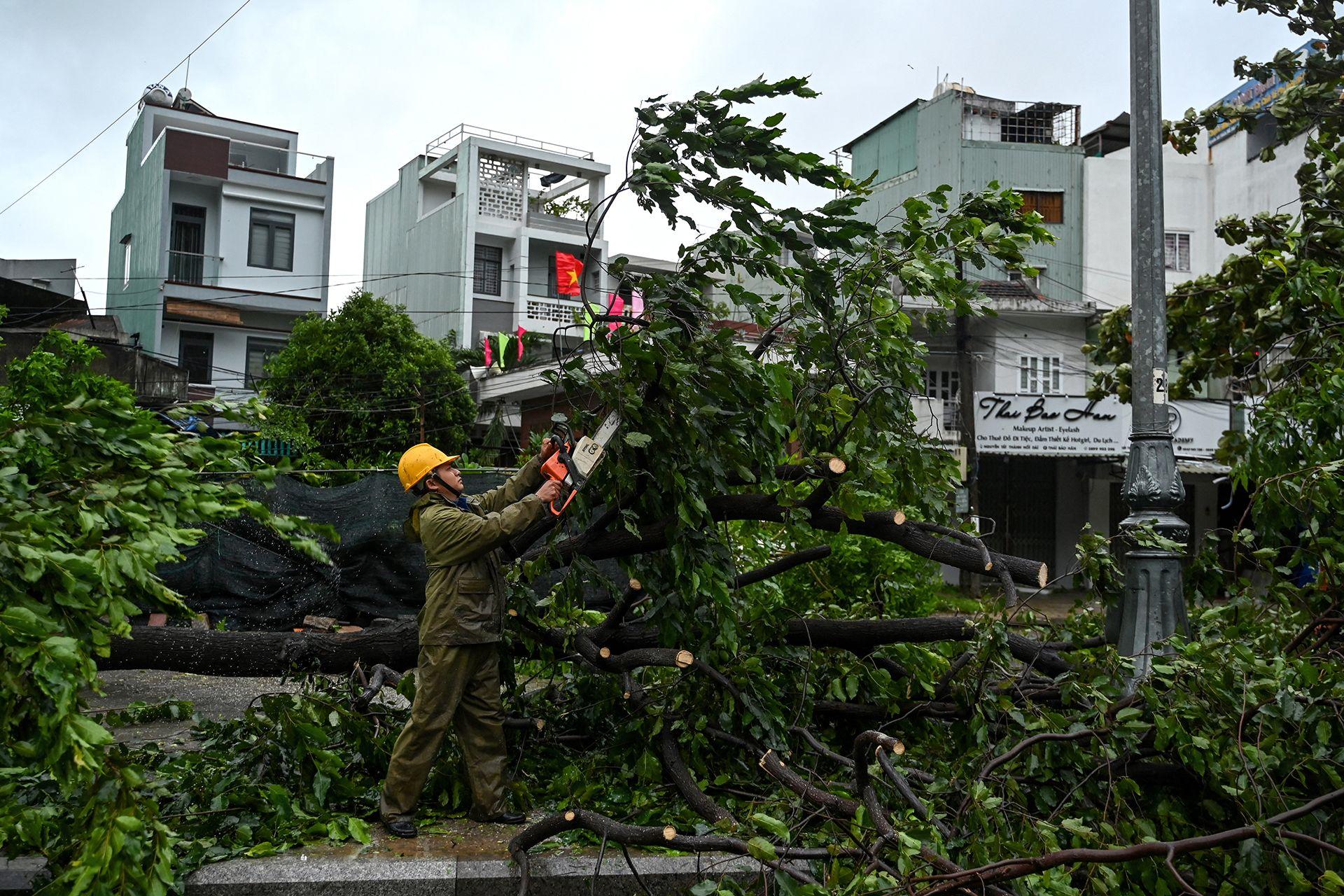
Trees came down in high winds near Quy Nhon beach in Gia Lai, central Vietnam, as Kalmaegi approached on Thursday
According to local media reports, Prime Minister of Vietnam Pham Minh Chinh held an online meeting to direct the emergency response.
"We must reach isolated areas and ensure people have food, drinking water, and essential supplies," he was quoted as saying.
"No one should be left hungry or cold."
Before making landfall in Vietnam, the typhoon, known locally as Tino, left a trail of devastation in the Philippines.
At least 188 people were killed and tens of thousands were evacuated, particularly from central areas including the populous island and tourist hotspot of Cebu, where cars were swept through the streets.
Kalmaegi dumped the equivalent of a month's worth of rain on the island in just 24 hours, sending torrents of mud and debris down mountainsides and into urban areas.
Stunned survivors who had made it to higher ground watched as buses and shipping containers were tossed about in the raging floodwaters.
The storm has wiped out entire neighbourhoods in poorer districts, where building materials are flimsier.
In Talisay City, which suffered some of the worst destruction, Mely Saberon looked on in despair at the pile of debris that had once been her home.
"We don't have any home anymore," she told the BBC. "We weren't able to salvage anything from our house.
"We didn't expect the surge of rain and wind. We've experienced many typhoons before, but this one was different."
Residents have now started the backbreaking task of cleaning away the thick layer of mud, and picking through the wreckage for anything that can be used.
Early on Thursday, Philippines President Ferdinand Marcos Jr declared a state of emergency, the threshold of which involves mass casualty, major damage to property, and disruption to means of livelihoods and the normal way of life for people in the affected areas.
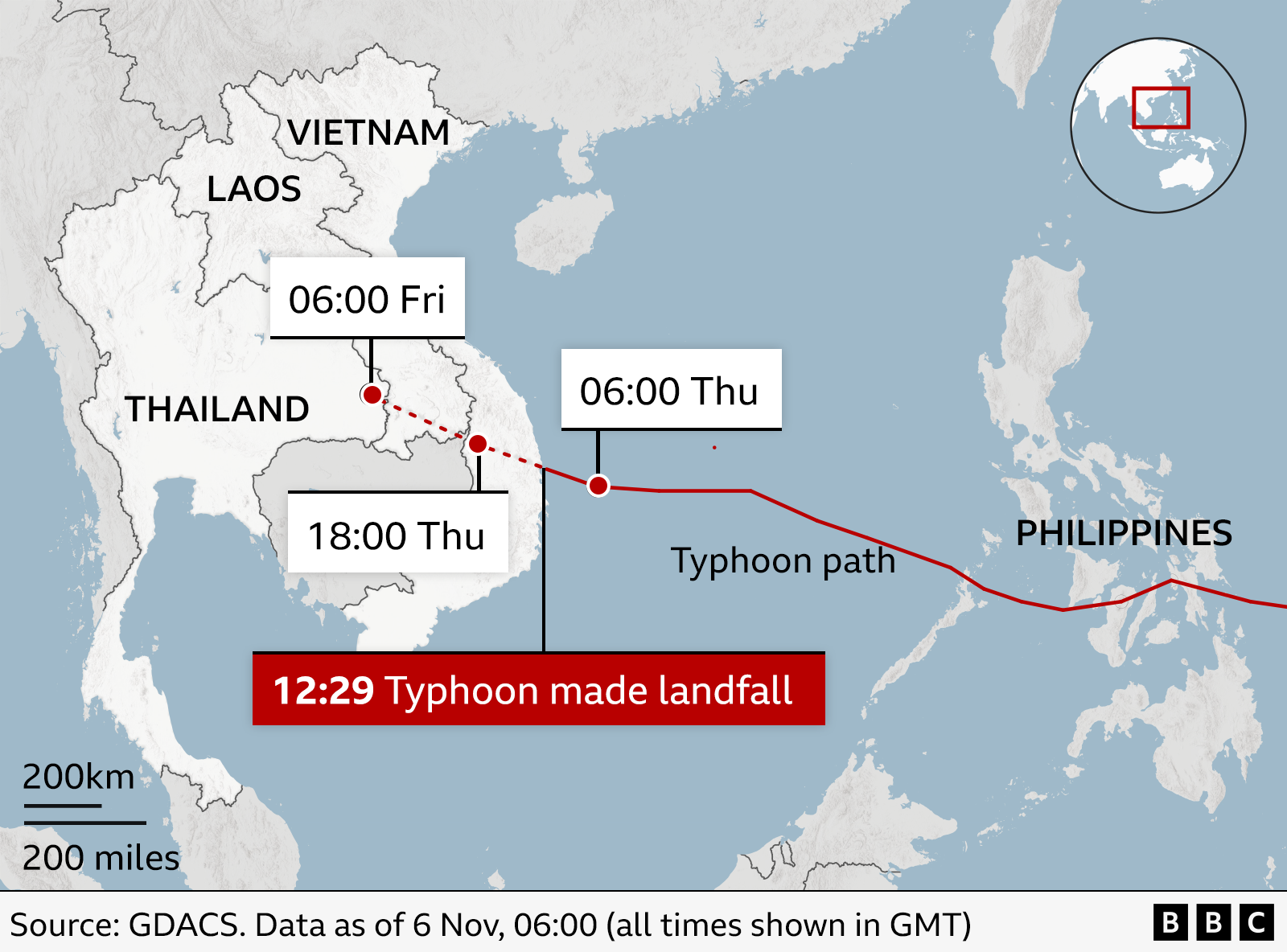
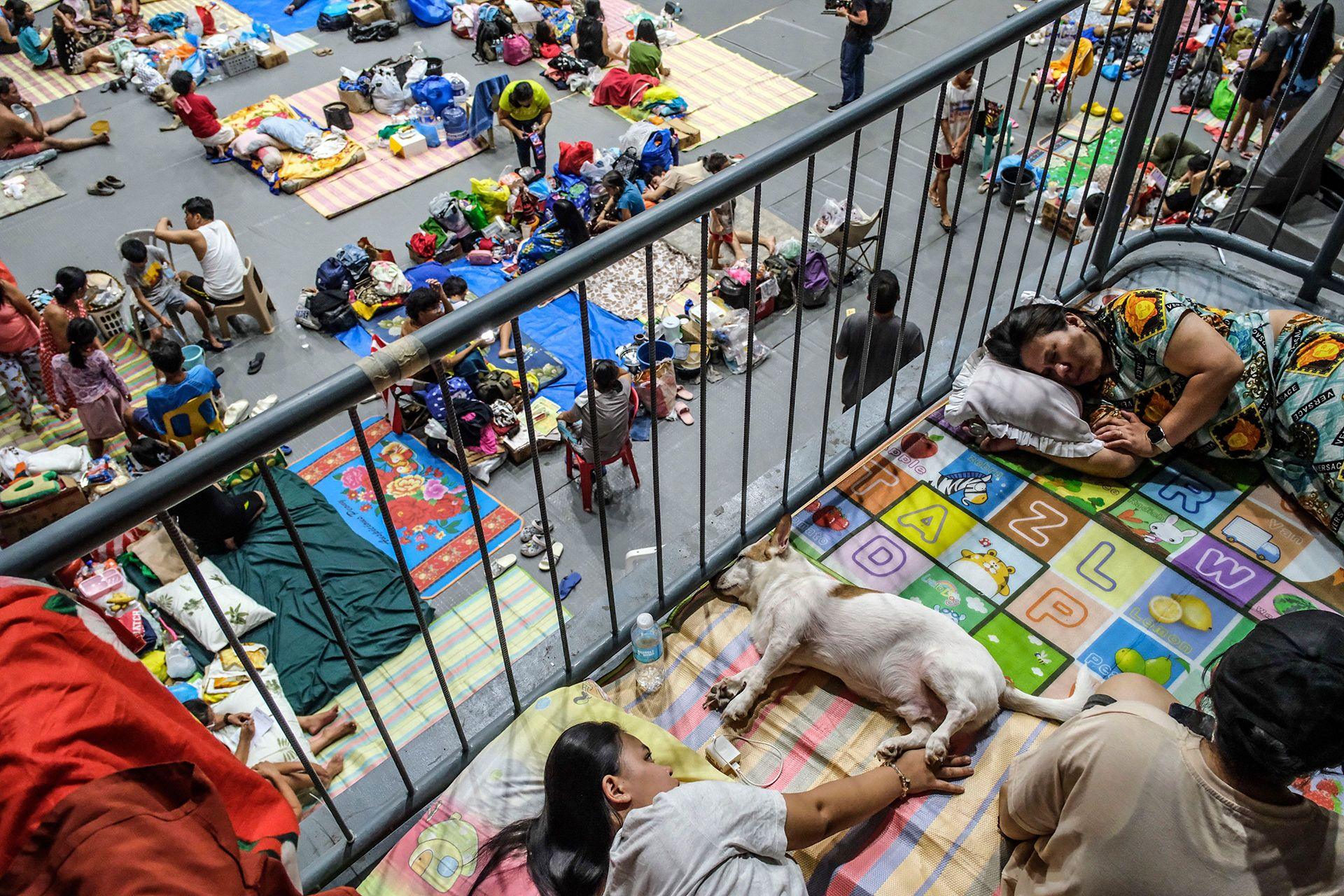
People have been sheltering in evacuation centres after flooding destroyed homes in Cebu, Philippines this week
Related topics
- Published6 November
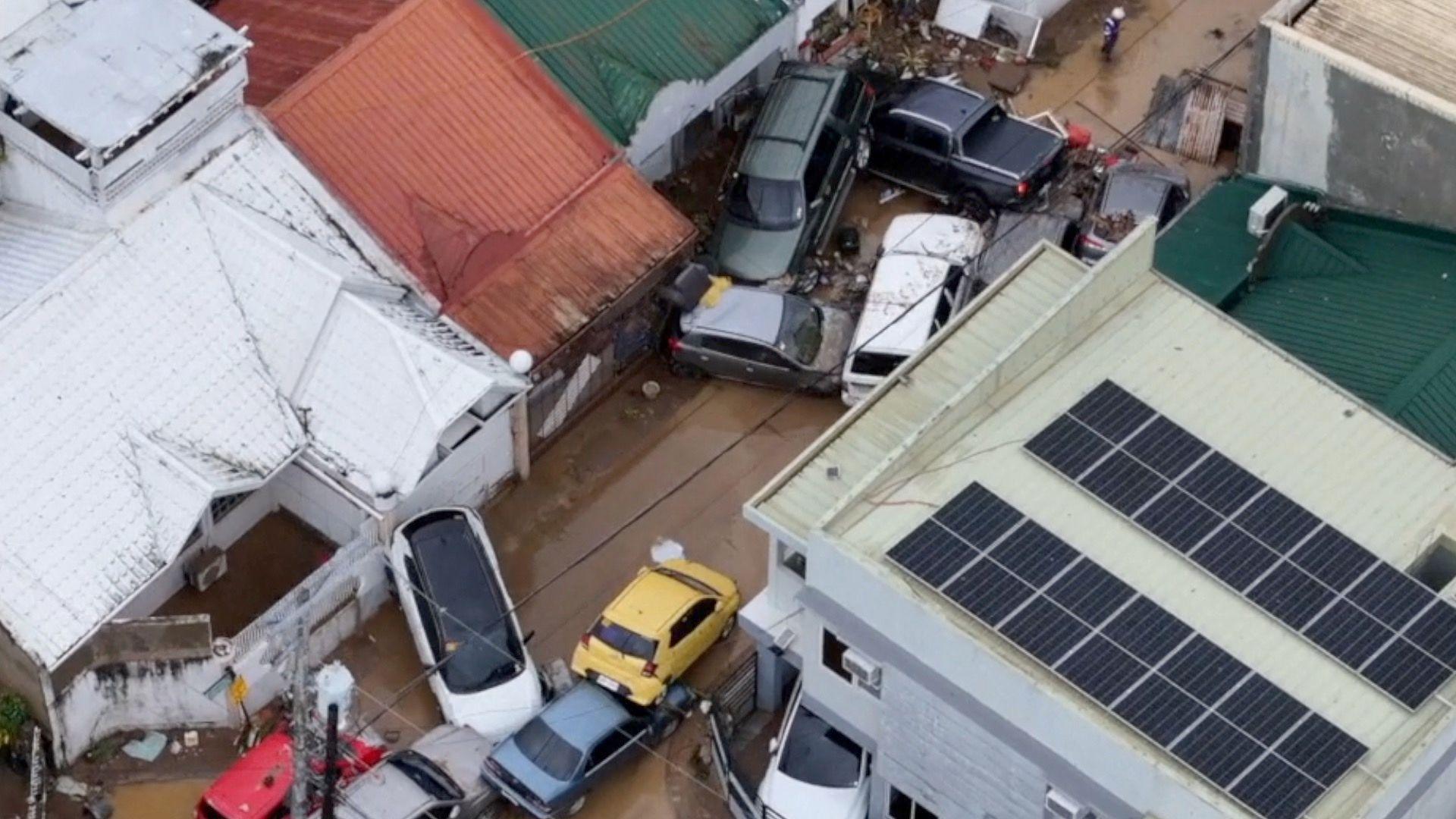
- Published5 November
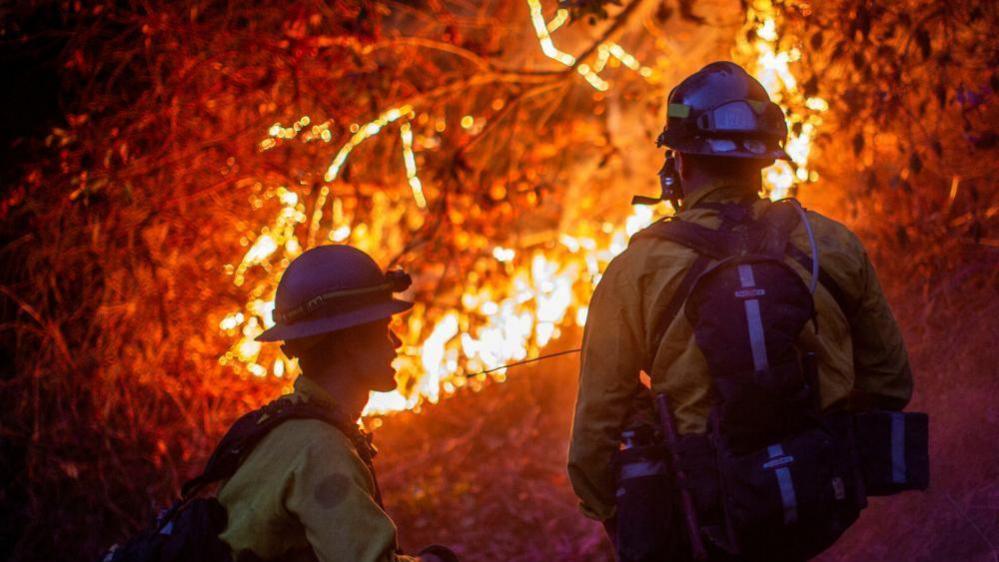
- Published6 November
